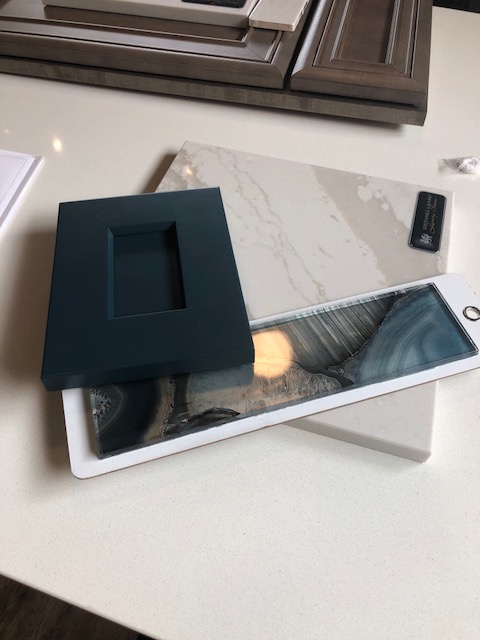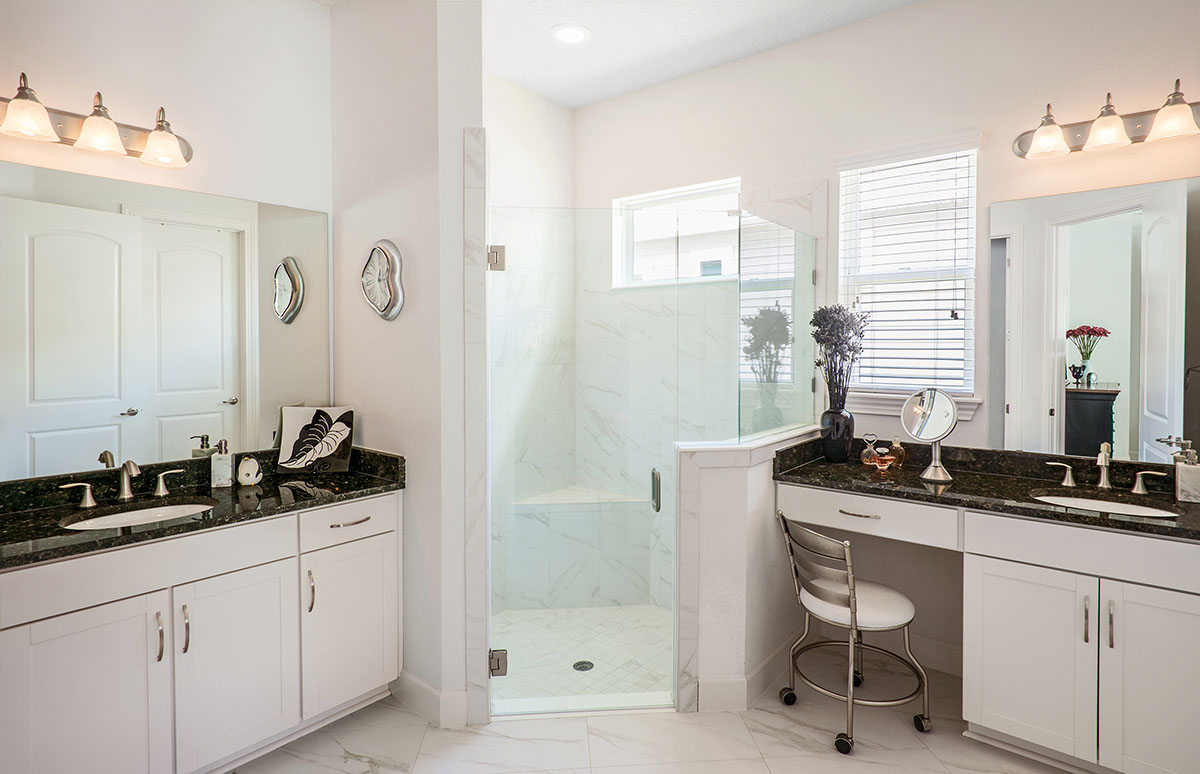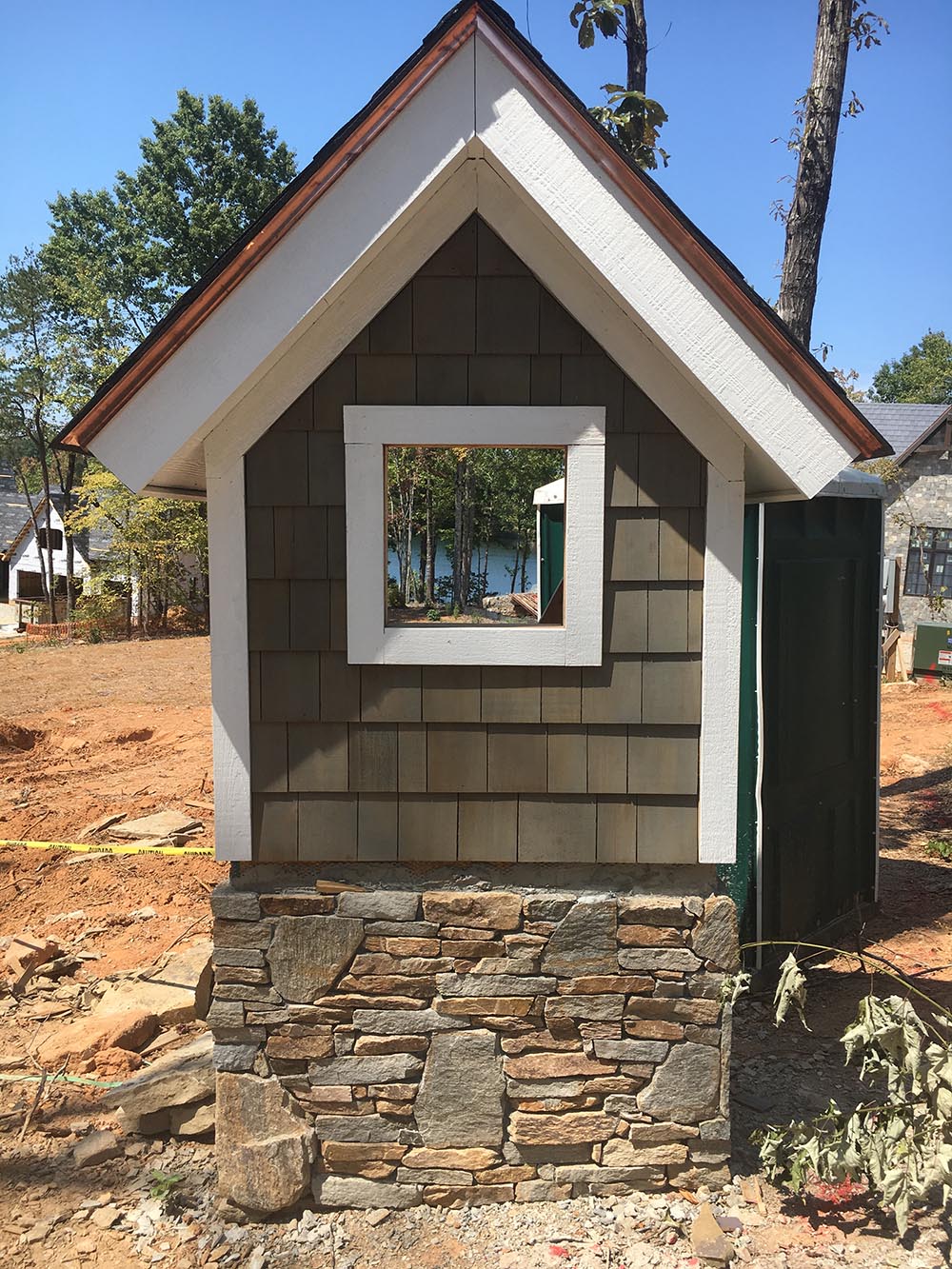I recently received an email from a friend with a picture of her master bathroom. She wanted to repaint it. She had initially gone to a big box hardware store and selected what she thought would be a good match for her bath. But when she got home, it was all wrong. Naturally, she knew Housing Design Matters was passionate about color selections, so she reached out.
Understand, this friend did not live in my city, hence the reason for the photo. Unfortunately, I immediately knew there was no way I could help her armed only with her photos. Why, you ask? Allow me to paint the picture here…
Close, but no Cigar
Take a look at the photos below. With so much variation, how can anyone be expected to pick a color from a picture?
And that’s with professional photography! To make an accurate color selection, you 100% need actual color samples. While cellphone cameras have come along way, you can’t rely on the images for true color representation.
You don’t have to take my word for it (unless you are colorblind). Take a picture on your phone of something colorful and email it to yourself. Now objectively compare the photo you took on several display choices: your phone, your laptop, your desktop monitor, and a TV screen, then compare those photos to the actual object.
Are they the same? Are the blues more green, the yellow faded or the red slightly more orange? When making color selections, these variations in shade and color are compounded. To drive home the point, now try printing it on several printers and see what colors come through. Bottom line: Images won’t work.
You Can’t Drag the Bathroom to the Paint Store
Since color selections using her photo wasn’t a viable option, the next best thing would be to take actual samples from her bath to the big box store and put them side by side next to the paint samples. Isn’t it nice that we can do this in new construction? Unfortunately, since this was an existing bathroom, she couldn’t take her cabinets, bathtub and floor tile to the paint store to make a side-by-side comparison like the one shown. Now what?
Are the Lights the Same?
I noticed the lights in her bathroom were wall mounted decorative sconces over the mirror – most likely incandescent light bulbs. Have you ever looked up at a big box hardware store at their lights? I can guarantee that they are not incandescent. There once was a time when they would be fluorescent or mercury halogen lights, but certainly not full-spectrum light.
Does That Tiny Paint Chip Give You Confidence?
The next option is to take a variety of paint chips from the store to the bathroom and view the colors adjacent to the finishes and in the same lighting condition. Chances are, you might get close to making a reasonable choice – but do you have the confidence of painting an entire room based upon a sample that is less than 4 square inches? Will you be kicking yourself when you decide it’s not a good match after you’ve spent money, time, and energy (on your day off, no less) to meticulously paint the room? How will the color look at night and during the day, when the sun illuminates the room? When you consider all that time, money and effort, maybe there’s another way to be certain of your selection.
The Solution: Sample Paint Cans
Sample paint cans are offered from most paint stores. Heck, they may even throw in the foam, one-time use paint brushes. Pick three or four different colors, take them home and apply the paint to the wall in the room, next to your finishes in your specific lighting conditions. This allows you to make a more informed decision without having to go through the agony of painting an entire room the wrong color.
Inside And Out
The same dilemma exists when trying to pick exterior colors. If you pick them inside a paint store or design center, you won’t get an accurate idea of your final color. Not only will there be a color shift, but the bright sun will washout what you thought was a dark color. The contrast you thought there was between trim and main body becomes a “why-bother”. Walking outside with your paint selections will be eye opening.
To put it bluntly, you don’t want to end up with your house looking like this…
The Takeaway
Always try to view your paint tones under the actual light source of their final placement. If you have the luxury of time and can paint samples before the final decision, this is always the safest and most effective strategy. In fact, many architectural review boards require this prior to granting final approvals on paint. Some even require mini elevation mock-ups with roof, paint and stone together!
While the above example isn’t practical for everyone, a relatively small investment of time and effort can save you a world of headaches in the future. Trust me on this one!
Categorized in: Exterior Colors, Lighting
This post was written by Housing Design Matters





